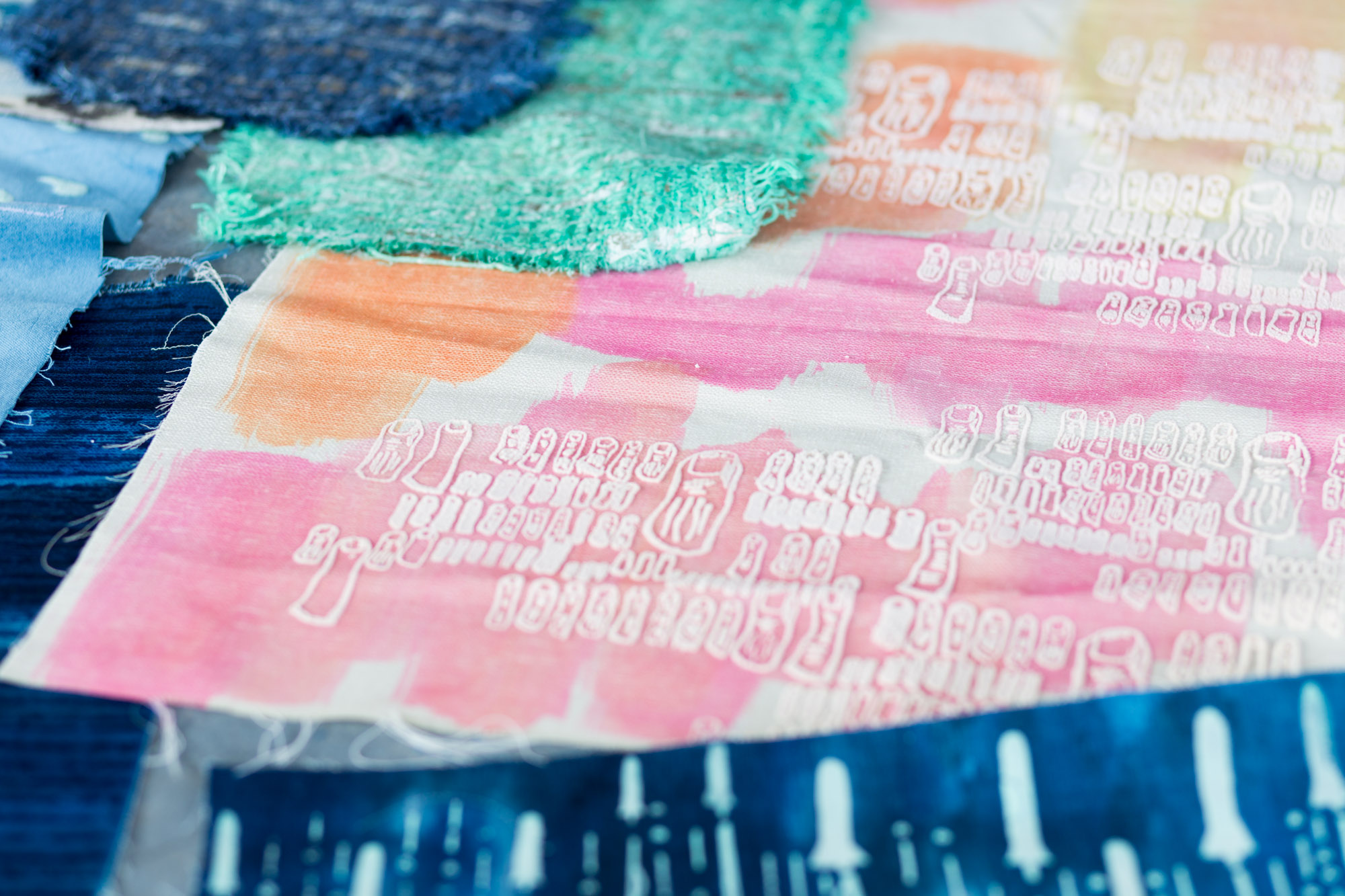Curator of the Central Saint Martins Museum and Study Collection, Sarah Campbell, examines the importance of seeing historic objects through new, and unusual, eyes
For the past year, staff and students from the Fine Art programme have been experimenting with the techniques of photogrammetry and Reflectance Transformation Imaging, exploring mapping in three dimensions. Objects from the collection that have undergone this imaging include William Morris wallpapers and Japanese prints and each time the process offers up new insights and exposes hidden aspects, showing surfaces and textures not visible to the naked eye.
For Annihilation Event, on show in the Lethaby Gallery 22–29 March, photographers Naomi Dines and John Wollaston documented one of our most treasured items, a 16th century Portolan chart. This is a highly decorated map of mostly Mediterranean coastlines by Giorgio Sideri, drawn on parchment in 1570. It is a tricky item to photograph, let alone record in three dimensions and a special photography studio had to be set up in our object store as the map was too fragile to travel to the studio. A special support had to be made for the delicate map to allow it to be rotated in front of a camera, capturing it from multiple angles to build up a digital record of the map as an object.
Through this process, a digital version of the map is built up, navigable on a computer, but that can then be realised into a three-dimensional version of the original. Turning a map, with all the functionality and history encompassed in it, into a ghostly 3D printed object stripped of the imagery upon the original page is an experimental journey and represents the kind of interrogation of the object we promote in the Museum. Object Based Learning is a big focus in our teaching, encouraging students to see old and unfamiliar objects as items with contemporary importance – as starting points for research and relevant to their practice.
For Annihilation Event staff and students have been collaborating with many collections and research institutes and it’s been really exciting to see new connections made with older materials, enlivening them and bringing new eyes to old collections. The Annihilation Event exhibition will be the first public showing of this collaboration and I, for one, can’t wait to see the outcome.
More information:

